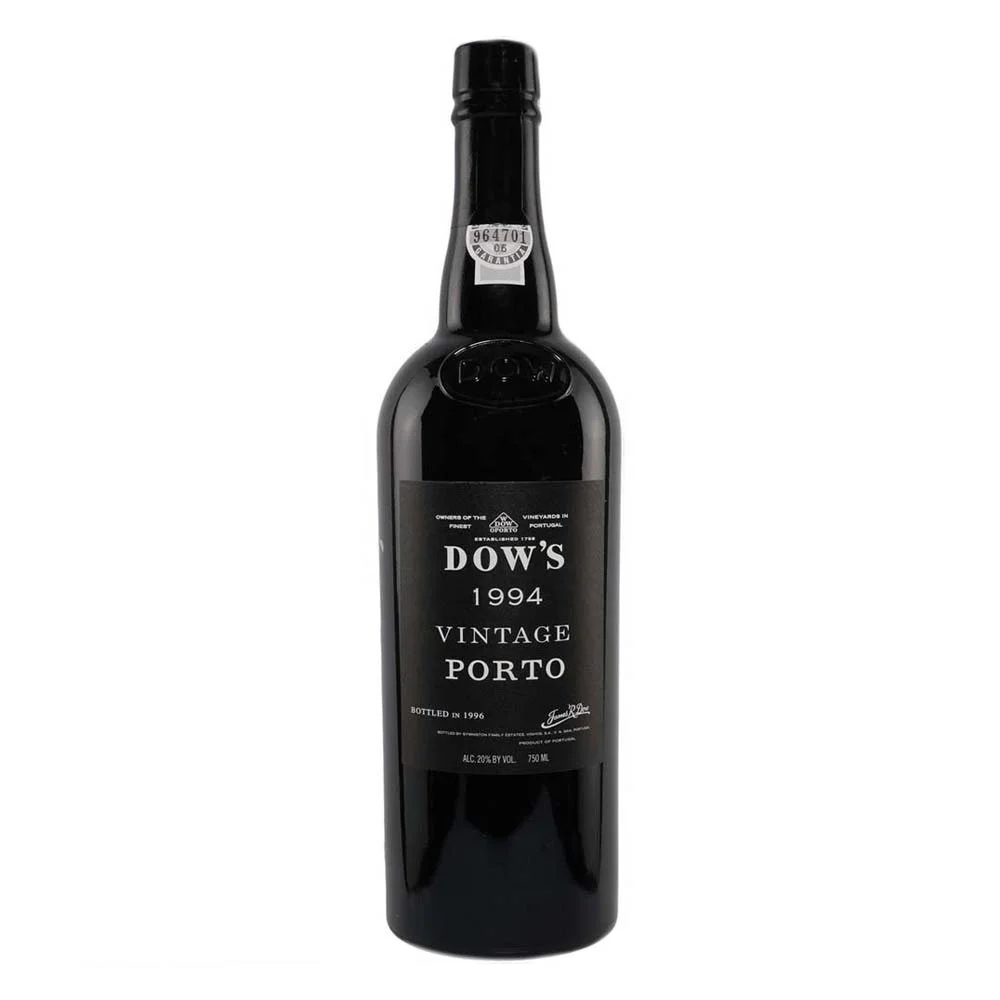VIN DOUX NATUREL
Sweetness Preserved by Fortification
Vin Doux Naturel (VDN) wines are a French specialty: lightly fortified and naturally sweet, yet balanced by freshness and depth. Made by stopping fermentation with grape spirit, these wines retain natural grape sugars alongside lifted aromatics and, often, complex aging potential. Whether it’s the sun-kissed fruit of Muscat-based wines or the rich, nutty tones of Grenache VDNs, this category offers both charm and structure—perfect for sipping, pairing, or aging.
Key Characteristics
Naturally sweet and fortified, VDN wines can be fresh and floral or rich and oxidative, depending on the grape and method. All offer a harmonious blend of sweetness, alcohol, and aromatic complexity.
Style
Still, sweet fortified (white or red)
Body
Medium to full
Acidity
Medium to high
Primary Grapes
Muscat Blanc à Petits Grains, Grenache Noir, Grenache Blanc, Grenache Gris, Macabeu
Typical Flavors
Muscat styles: orange blossom, peach, lychee, honey
Grenache styles: dried cherry, fig, cocoa, baking spice, walnut
Origin & History
The Vin Doux Naturel technique originated in the 13th century in Southern France, credited to Arnaud de Villeneuve, a physician and scholar. This method of mutage—adding neutral grape spirit to arrest fermentation—preserved natural sweetness while boosting alcohol and stability. VDN wines became a hallmark of the Languedoc-Roussillon and Rhône regions, with appellations like Banyuls, Maury, and Muscat de Beaumes-de-Venise leading the charge.
How It’s Made
Fermentation begins normally, but is stopped mid-way by the addition of grape spirit (typically around 95% ABV), which halts yeast activity and preserves residual sugar. Depending on style, the wines may be aged oxidatively (exposed to air) or reductively (protected from air), sometimes in glass demijohns or under the sun to develop complexity.
Notable Regions
France is the home of Vin Doux Naturel, with southern appellations producing both fresh and oxidative styles that showcase the diversity of this fortified tradition.
France – Southern Rhône & Languedoc-Roussillon
Muscat de Beaumes-de-Venise (Rhône)
Bright, floral, and aromatic white VDN made from Muscat grapes
Rivesaltes (Roussillon)
Often oxidative with flavors of orange peel, nuts, and dried fruit
Maury & Banyuls (Roussillon)
Red VDN made primarily from Grenache, showing rich, port-like structure with Mediterranean character
Food Pairings
VDN wines are highly versatile, pairing beautifully with fruit-based desserts, cheeses, and even savory fare.
With Dessert
Peach tart, almond cake, figs with honey, chocolate mousse
With Cheese
Blue cheese, aged Gouda, triple-cream cheeses
Savory Pairings
Foie gras, duck with cherry reduction, Moroccan tagine
How to Serve It
Glassware
Small white or dessert wine glass
Temperature
Chilled (45–55°F / 7–13°C), depending on style
Storage
Store upright in a cool, dark place; open bottles keep well for weeks due to fortification
Fun Fact
Banyuls is one of the few wines considered a worthy match for dark chocolate—a notoriously tricky pairing for most wines.
Recommended Producers
These houses exemplify the diversity and craftsmanship of Port, from richly structured vintage bottlings to elegantly aged tawnies.
Dow’s
A classic Port house celebrated for powerful, long-lived Vintage Ports that develop depth and complexity over decades.
Quinta do Noval
One of the Douro’s most historic estates, producing both iconic Vintage Ports and refined, nutty Tawny expressions with balance and finesse.
Ramos Pinto
A dynamic producer known for expressive, fruit-forward Ports that age gracefully while maintaining vibrancy and charm.
Recommended Pours
Dow's - Vintage Port 1994 — A powerful and age-worthy Vintage Port with dense black fruit, spice, and firm tannins now unfolding into layered complexity.
Quinta do Noval - Tawny Port 20 year old NV — A refined aged Tawny with notes of dried fig, toffee, almond, and silky elegance.
Quinta Do Noval - Vintage Port 2003 — A bold and structured Vintage Port offering rich dark fruit, chocolate, and vibrant freshness with aging potential.
Ramos Pinto Port 2000 — A full-bodied and expressive Port showing ripe plum, licorice, and evolving notes of spice and dried fruit.





